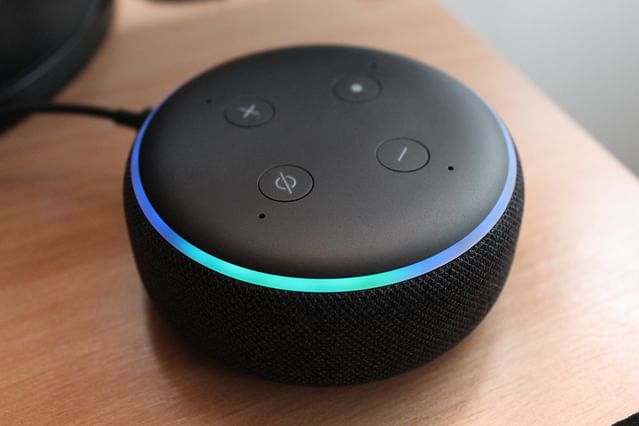
Mastering Smart Home Voice Control: Tips and Tricks for Effortless Automation
The popularity of smart home technology is rapidly growing, allowing homeowners to take control of their environment via smartphones, tablets, and voice assistants. One of the most popular ways to control smart home devices is through voice commands. In this article, we will provide you with essential tips and tricks for seamlessly controlling your smart home devices using voice assistants like Amazon Alexa, Google Assistant, and Apple Siri.
Set Up Your Smart Home Devices
Before you can start using voice commands to control your smart home, you must first set up your devices. You will need to download any necessary apps and set up the devices to work with your home network. Follow the manufacturer's instructions to set up each device.
Once your devices have been set up, connect them all to your smart home hub. The hub will allow you to control all of your devices from one central location.
Set Up Your Voice Assistant
To use voice commands, you must set up your voice assistant. For Amazon Alexa, download the Amazon Alexa app on your smartphone or tablet, and follow the instructions to set it up. For Google Assistant, download the Google Assistant app, and follow the instructions to set up your device. For Apple Siri, ensure that your device is compatible with the latest version of iOS and enable Siri in the settings.
Once you have set up your voice assistant, link it to your smart home devices. Follow the device manufacturers' instructions to link your devices to your voice assistant.
Get to Know Your Voice Assistant
Once your devices and voice assistant have been set up, it's essential to get to know your voice assistant's capabilities. For example, you can ask Alexa or Google Assistant to turn your lights on, off, or adjust the brightness or color temperature. You can ask Siri to turn on or off your lights, thermostat, or any other smart device connected to your home network.
Also, explore the skills or third-party apps available for your voice assistant. These skills/ third-party apps provide specialty functions to help you control your home automation better.
Create Voice Commands and Shortcuts
The beauty of using a voice assistant for home automation is the ability to create custom voice commands and shortcuts. You will need to set up your voice assistant to recognize your custom commands. Most voice assistants allow you to create custom routines that execute several commands with a single voice command.
For example, you can create a routine that turns off all of your home's lights when you say "Goodnight." You could also create a routine that adjusts the lights and temperature to your desired level when you say, "movie time."
Name Your Devices Correctly
Ensure that you name your devices correctly for easy voice control. Avoid using complicated or lengthy names as they can be hard for your voice assistant to process.
For example, if your device is connected to your living room lamp, name it "living room lamp" or "living room light" to make it easy for your voice assistant to recognize your commands.
Add Your Devices to a Group
Grouping devices can make controlling them more manageable. You can create groups of devices that you control using a single voice command.
For example, you can group all of your living room lights and control them with one command instead of controlling each light individually.
Keep Your Voice Assistant Up to Date
Ensure that you keep your voice assistant up to date with the latest firmware updates. Updating your voice assistant will give you access to new features, improved performance, and enhanced security, ensuring you get the most out of your smart home automation devices.
Conclusion
Using voice assistants like Amazon Alexa, Google Assistant, and Apple Siri is a simple, effective and convenient way to control your smart home devices. With the right setup and knowledge, you can easily control a vast range of devices using voice commands alone.
By leveraging the tips and tricks discussed in this article, you can unlock the full potential of your smart home, making your daily routines and tasks easier and more convenient.
Posted on: Mar 7, 2023 Last updated at: Apr 10, 2023